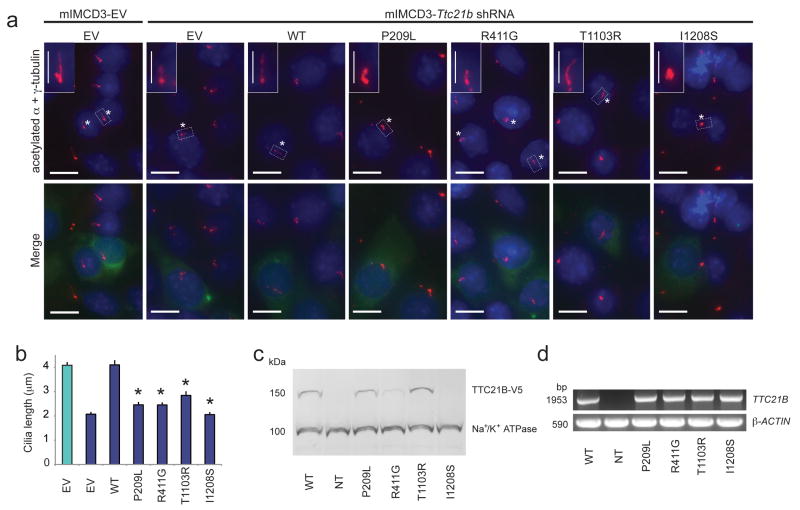Figure 2. In vitro rescue assay of cilia length defects in mIMCD3-Ttc21b shRNA cells.
a. Immunofluorescent staining of mIMCD3-EV or mIMCD3-Ttc21b shRNA cells transfected transiently with plasmids encoding wild-type (WT) or mutant versions of pCAG-V5-TTC21B-IRES-EGFP constructs demonstrate failure to rescue shortened cilia phenotypes. Cilia and centrosomes were detected with anti-acetylated α-tubulin and anti-γ-tubulin (red), green signal indicates transfected cells (GFP), and nuclei are stained with Hoechst dye (blue). Asterisks indicate cilia on transiently transfected cells, dashed boxes depict inset; EV, empty vector. Horizontal scale bars: 10μm; vertical scale bars: 4μm (insets).
b. Quantification of cilia length measurements. Whereas WT TTC21B rescues the cilia length defects induced by Ttc21b shRNA, mutant proteins result in either partial rescue (P209L, R411G, or T1103R) or are indistinguishable from shRNA cells alone (I1208S). t-test values for rescue vs. WT are denoted as (*), p<0.0001. Green bar, mIMCD3-EV cells; blue bars, mIMCD3- Ttc21b shRNA cells; error bars, standard error of the mean (SEM; see Supplementary Table 6 for measurement data).
c. Protein stability defects for some TTC21B missense variants. Compared to WT, P209L and R411G result in diminished levels of TTC21B; protein with the I1208S mutation is undetected (See Supplementary Table 7 for densitometry data). Na+/K+-ATPase was used as a loading control; NT, not transfected.
c. Transiently transfected pCAG-V5-TTC21B-IRES-EGFP constructs express at similar levels in mIMCD3 cells. RT-PCR data are shown for human TTC21B amplified from cDNA generated from total RNA extracted from mIMCD3 cells 72h post-transfection. Murine β-actin was used as a loading control.

